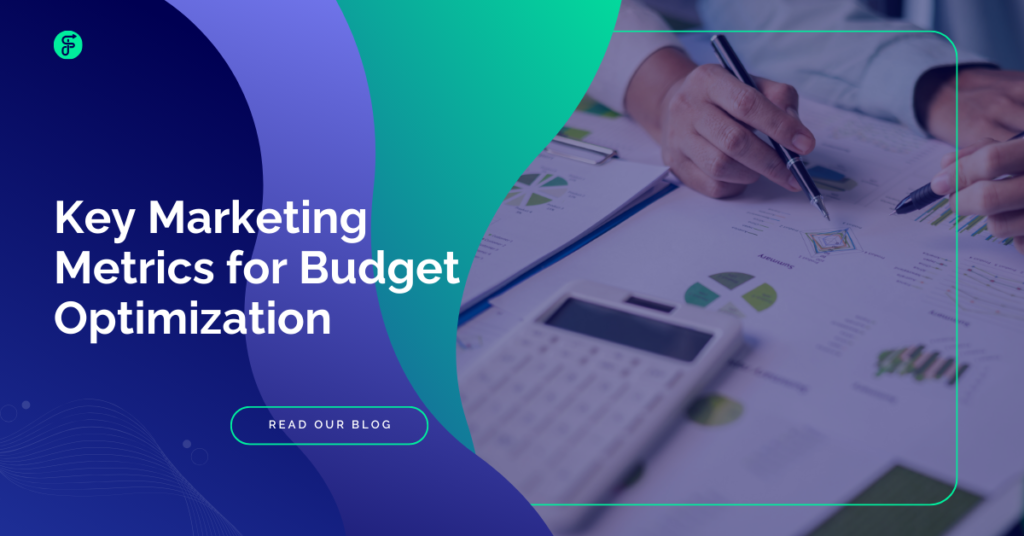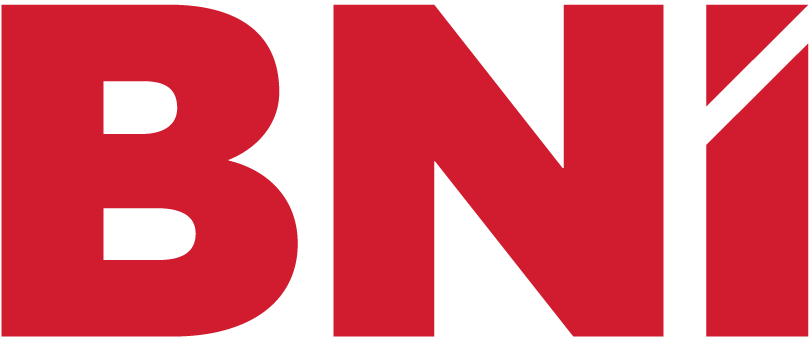Fluentica Brings SEO to the Forefront at NY Tech Week
Fluentica Brings SEO to the Forefront at NY Tech Week Wendy Betancourt July 25, 2025 B2B marketing, News Last month, during New York Tech Week, Fluentica hosted a panel in partnership with Shopify called “Aligning SEO, Brand, and Content for Growth.” This chat brought together B2B startup marketers and founders to tackle a key point: SEO doesn’t work on its own. The panel, moderated by Lorena Contreras (Associate Brand Manager at Haleon), brought together agency founders and marketing experts, including Amy Perez (Co-founder of Fluentica), Lynsie Slachetka (Founder of aJuxt), and Sabrina Ramos (Founder of Pop Spark). Each panelist shared hard-won lessons from the field, but Fluentica made it clear: SEO is no longer a back-office strategy; it’s the front door. Why SEO Needs Brand and Content to Succeed Fluentica’s co-founder Amy led the conversation by asking the one question most brands avoid: “If someone Googles you today, would they actually understand what you do?” The truth? Most companies, especially in the B2B space, are still hiding behind vague taglines and bloated service pages. Your B2B SEO strategy can’t rely on keyword stuffing if your brand lacks clarity. As she said, “We’re still writing for search engines instead of writing for people.” Amy walked through what a modern B2B SEO strategy actually needs: Clear positioning: “You can’t win search if people don’t understand what you offer.” Consistent messaging: From headlines to meta descriptions, it all needs to signal relevance to both users and search engines. Brand signals: SEO today is just as much about how your brand is recognized and referenced as it is about the words on the page. Positioning Drives Performance As Amy emphasized during the panel, startups often think they have an SEO problem when, in reality, they have a positioning problem. The two are deeply connected. “Before you can optimize for traffic,” Amy said, “you need to define who you’re talking to and why they should care.” This is where Fluentica is helping businesses move the needle. Instead of jumping into tactics, the agency starts with message clarity, audience alignment, and brand consistency, the foundation every SEO strategy actually depends on. Social Media as a Mirror of Brand Readiness Lynsie brought the data-backed perspective, especially around how social media reveals brand clarity or lack of it. She pointed out that many B2B brands over-invest in output (posting constantly) without a clear view of performance or audience needs. Her key takeaways: Use social to validate your message: Are people engaging? Are they confused? Use reactions as real-time feedback. SEO and social shouldn’t compete: Repurpose content from one channel to fuel the other. Your blog post should inform your LinkedIn presence—and vice versa. Analytics must serve decisions: Don’t track everything. Track what connects back to strategy. Content That’s Clear Wins: Online and Off Sabrina focused on event marketing and how physical experiences tie back to brand building and long-term growth. She challenged the idea that events are only for top-of-funnel buzz: Events are content. They’re community. They’re SEO fuel if you document them right.” Show, don’t sell: At events, your brand has a chance to behave the way it says it does. Content from events should live beyond the event: Turn panels into quotes, insights, and shareable takeaways. In-person moments boost authenticity: These real-world signals support everything else, including search. Moving the SEO Conversation Forward Hosting this panel wasn’t just about presence at NY Tech Week; it was about ownership. Fluentica is pushing the SEO conversation forward by connecting it to what actually drives growth: strategic messaging, thoughtful content, and positioning that cuts through the noise. That’s what Fluentica wanted to show at this New York Tech Week panel. Not just that SEO matters, but that SEO reflects the health of your entire marketing engine. We’re not chasing rankings. We’re building relevance. Keeping it Fluent with this Quick Q&A What’s the biggest mistake startups make with SEO? Skipping brand strategy. Without clear positioning, your content will never resonate—online or offline. What’s the most important takeaway for early-stage B2B startups? SEO performance isn’t just about keywords. It’s about clarity—clear offers, clear value, clear language. What role does social media play in SEO? Social is where your message is tested in real time. If it doesn’t land there, it won’t land in search. Where should a startup begin with SEO? Start by asking: Can a stranger understand what we do in 10 seconds? If not, fix your message before buying ads or writing blogs. How do events connect to content and growth? Events generate content, build brand signals, and create moments that make your message more human and more visible online. Wendy Betancourt Armed with a solid foundation in finance and marketing, gained from corporate positions after graduating from Baruch College in NYC, Wendy merges strategic insight with hands-on experience to elevate business operations and foster meaningful client relationships. She is committed to delivering the best client experience, forging new partnerships, scouting top talent, or curating unforgettable event experiences. Related Posts B2B marketing Brand Strategy Branding Content Strategy Digital Marketing Fluentica Intercultural Marketing Strategies Marketing Marketing Strategy Multicultural Marketing Trends News Paid Advertising SEO Strategy Sin categorizar Small Business Marketing SMB Marketing Social Media Strategy Startup Marketing US Hispanic Market Insights Websites Fluentica Brings SEO to the Forefront at NY Tech Week Read More A Practical Guide to B2B Inbound Marketing That Works Read More B2B SEO Strategy: It’s More Than Just Keywords Read More
Fluentica Brings SEO to the Forefront at NY Tech Week Read More »







